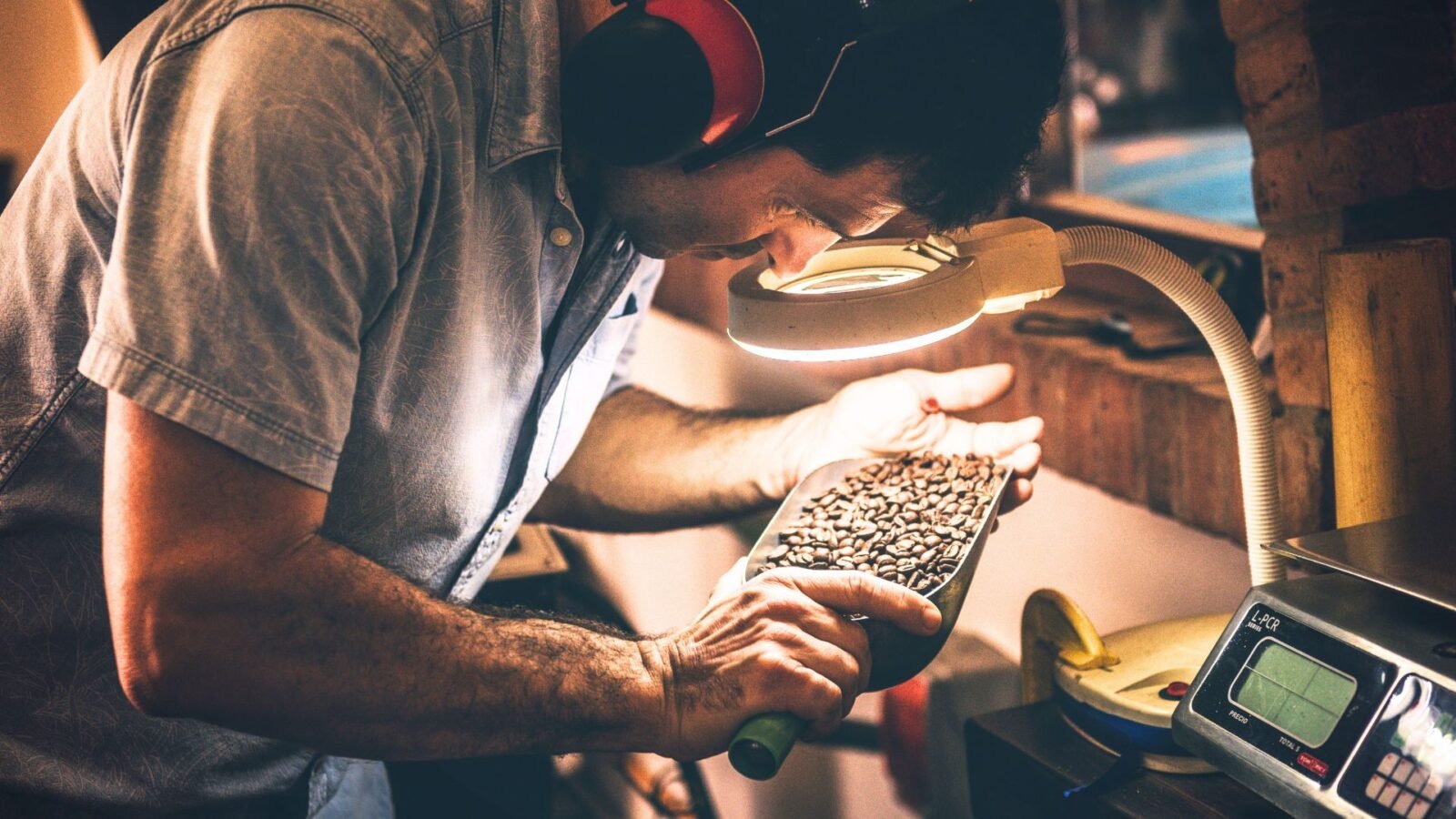You know that moment—the first sip of coffee that surprises you. It’s not just warm or bitter. It’s bright. Smooth. It lingers with hints of fruit, flowers, or chocolate. You think to yourself, “This isn’t ordinary coffee.”
That’s because it’s not. It’s specialty coffee—and its excellence isn’t accidental. It’s graded.
Understanding how specialty coffee graded gives you the power to choose better beans, brew more mindfully, and appreciate every sip with deeper connection. Let’s break it down in simple, human terms.
What Is Specialty Coffee—and Why Does It Matter?

Specialty coffee is coffee that scores 80 or above on a 100-point scale created by the Specialty Coffee Association (SCA). The grading system measures quality across 10 categories, including aroma, flavor, body, acidity, and balance.
Each cup of specialty coffee tells a story—from the soil it grew in, to the hands that harvested it, to the methods used to roast and brew it.
Unlike commercial coffee, which values quantity, specialty coffee values craftsmanship, sustainability, and taste. If you’re curious about how coffee becomes exceptional, start with this guide on how industrial coffee transforms from bean to brew.
How Specialty Coffee Graded: It Starts With the Bean
The grading process begins before roasting—with green coffee evaluation.
Beans are assessed based on:
- Size and shape consistency
- Moisture content
- Color
- Defects (like mold, insect bites, fermentation issues)
Even one primary defect can disqualify a batch from specialty status. Farmers work tirelessly to grow defect-free beans, often hand-sorting them multiple times.
To dive deeper into raw coffee quality, here’s how to select Aceh Gayo green coffee beans.
The Cupping Ritual: How Flavors Are Scored
Next comes cupping, the sensory evaluation that defines how specialty coffee graded by taste.
Here’s how it works:
- Beans are roasted light and ground fresh.
- Hot water is poured and the aroma is judged.
- After brewing, the crust is broken and the flavor is slurped, loudly and purposefully.
Each sample is scored across 10 categories:
- Fragrance/Aroma
- Flavor
- Aftertaste
- Acidity
- Body
- Balance
- Sweetness
- Uniformity
- Clean Cup
- Overall score
The final score determines the grade:
- 90–100: Outstanding
- 85–89.99: Excellent
- 80–84.99: Very Good
Want to try it yourself? Explore our guide on the SCA cupping form.
Why Should You Care How Specialty Coffee Graded?
Even if you’re not a Q grader or barista, this knowledge benefits your everyday cup.
Here’s how:
- You’ll know what you’re drinking and why it tastes a certain way.
- You can support ethical sourcing by buying high-grade beans.
- You’ll brew better coffee—matching beans to the right method.
- You avoid low-grade coffee masked by sugar, milk, or syrups.
If you’re exploring brewing methods, our guide to perfect pour-over brewing time is a great next step.
Flavor Profiles, Explained by the Score
A high cupping score often reveals bold, unique notes like stone fruit, jasmine, or brown sugar. A lower score? Maybe just muted chocolate or generic bitterness.
Knowing how specialty coffee graded helps you explore different regions and flavor maps. Want fruity complexity? Look for an 88-point Ethiopian. Prefer earthy depth? A solid 83-point Sumatra might be your match—like the one featured in our guide to Sumatra coffee.
Specialty Grading Drives Sustainability
Specialty coffee doesn’t just taste better—it also pays better.
Higher-grade beans fetch higher prices, which helps farmers:
- Invest in better cultivation methods
- Avoid harmful pesticides
- Focus on quality, not volume
It’s a chain reaction of goodness. Many also adopt eco-friendly practices like intercropping, which you can read more about here.
Want to understand how policy impacts sustainability? Explore this look at EUDR regulations.
Match the Grade to Your Brew Method
The cupping score doesn’t just tell you the bean’s quality—it helps you choose how to brew it.
For example:
- A floral, acidic coffee? Try a pour-over or AeroPress.
- A heavy, bold coffee? Go with French press or moka pot.
- A balanced, chocolatey bean? Espresso will do it justice.
Want to master your French press game? This French press ratio guide will take you there.
Final Sip: What’s in Your Cup?
Now that you know how specialty coffee graded, you hold the power to make better choices.
You’re not just buying beans—you’re supporting quality, sustainability, and global communities. You’re developing your palate. And you’re turning a morning habit into something meaningful.
Ready to upgrade your next brew?
Check the score. Ask your roaster. Try cupping at home. And always store your beans right—here’s a guide to keeping your coffee beans fresh.
Or here’s a thought:
What score would your favorite coffee get—and do you want to find out?

